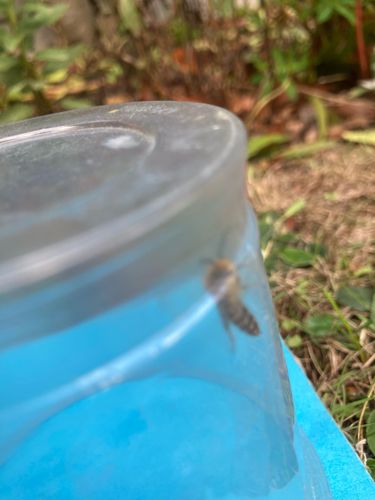Honey Bee
Scientific Name: Apis mellifera
Order & Family: Hymenoptera, Apidae
Size: Worker bees typically range from 10 to 15 mm (0.4 to 0.6 inches) in length. Queens are larger, around 15-20 mm, and drones (males) are stockier than workers but similar in length.

Natural Habitat
Honey bees are found globally in various habitats, including forests, grasslands, gardens, agricultural areas, and urban environments, especially where flowering plants are abundant. They build nests (hives) in sheltered locations like hollow trees, rock crevices, or man-made structures.
Diet & Feeding
Honey bees primarily feed on nectar and pollen collected from flowering plants. Nectar provides carbohydrates for energy, while pollen supplies proteins, fats, vitamins, and minerals essential for growth and development, especially for bee larvae.
Behavior Patterns
Honey bees are social insects living in highly organized colonies. They exhibit complex behaviors such as the waggle dance for communicating food sources, communal care for larvae, division of labor among workers (foraging, nursing, guarding), and honey production and storage. They are known for swarming, which is a natural process of reproduction where a new colony is formed when the queen bee leaves the original colony with a large group of worker bees.
Risks & Benefits
Benefits: Honey bees are crucial pollinators for many crops and wild plants, contributing significantly to biodiversity and food production. They produce honey, beeswax, propolis, and royal jelly, which have economic and medicinal value. Risks: Their stings can cause pain, localized swelling, and in some allergic individuals (anaphylaxis), a severe life-threatening reaction. They are generally not aggressive unless their hive is threatened.
Identified on: 9/12/2025